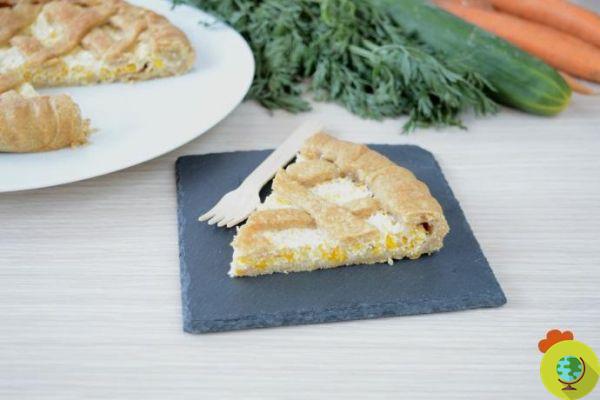Making mother yeast (or natural yeast) at home, and using it in the preparation of bread, pizzas and focaccia, means taking a step back into our past, in search of those fundamental principles of healthy eating, which are the basis of our culinary tradition . Unfortunately, some of these traditions risk disappearing and often, as in the case of yeast, they tend to give way to low-quality chemical preparations, which alter the natural characteristics of foods.
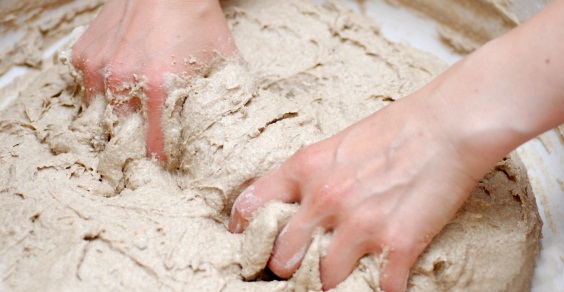
Do the mother yeast (or natural yeast) at home, and using it in the preparation of bread, pizzas and focaccias, means taking a step back into our past, in search of those fundamental principles of healthy eating, which are the basis of our culinary tradition. Unfortunately, some of these traditions risk disappearing and often, as in the case of yeast, they tend to give way to low-quality chemical preparations, which alter the natural characteristics of foods.
Here then is procedure for making sourdough at home (it is quite long, but if you follow these instructions step by step you will get a nice result) that will allow you to make bread as many times as you want, giving a personal touch to your bread and your pizzas.
As with any self-respecting dish, even for the mother yeast (which is not a dish, but only a basic ingredient) there are various recipes and different procedures; in this case we propose the simpler procedure.
Take one apple (possibly organic and well washed) and cut it into small pieces with all the peel, put it in a high and not too large container and leave it like this, out of the fridge, for 3-4 days.
After this time, the fruit will begin to turn brown, to let the water flow out and to emit a particularly sour smell; at this point cover the apple with a handful of flour and leave it like that for a few more days.
When the apple acids have "eaten" all the flour, add another handful e repeat this operation for about 7-8 days, adding more flour only after the apple has absorbed all that you have previously added.
When the pulp (now rotten) of the fruit and the flour have formed a almost homogeneous compound, add approx 50 g of water e 100 g of flour, knead well for a few minutes - until you get a homogeneous dough - and let it rest for a few more days (in a warm place away from drafts), so that the bacteria continue to rework the mixture of water and flour.
After a few days, add another 50 g of water and 100 g of flour to the dough, mix well and cover everything.
From now on - for about two months - you will have to “Refresh” the yeast every day; this operation is very simple but at the same time very important and very delicate: an oversight could be fatal for your yeast (therefore we do not recommend doing it for those who travel often on weekends and do not have the possibility to take the dough with them).
Every day, add a little water and double the flour (you can also do it by eye, without measuring, but try to keep the proportions and do not overdo the quantities, otherwise the dough will enlarge dramatically and at the end of the two months you will have filled the house with yeast), then mix everything and put the yeast back in its container. If it's very hot you can also keep it in the fridge.
After two months, your sourdough is finally ready for use.
If you want to make bread, weigh 250 g of yeast, add it to 500 g of flour and 250 g of water (preferably low in calcium), a pinch of sugar, a drizzle of oil and knead with your hands to distribute and mix. all ingredients well. Then add two pinches of salt and knead again.
Put everything in an oiled bowl and let it rise for at least 3 hours.
After this time, resume the dough, deflate it, rework it for a few minutes and then give it the shape you prefer, for example a loaf. Place it on a baking sheet lined with parchment paper and cook for about 40 minutes in a preheated oven at 180 degrees.
Then remove from the oven and let it cool!
Verdiana Amorosi
Source and photo: www.lacucinadiverdiana.com




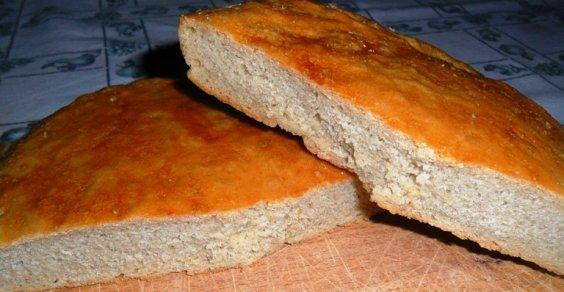
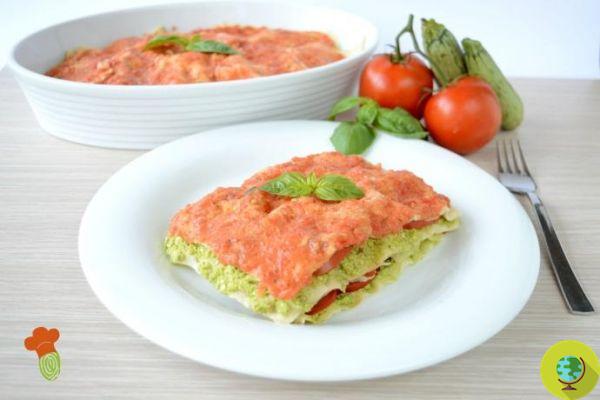
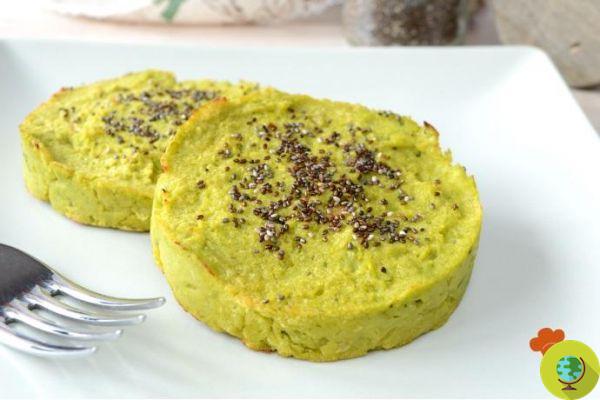
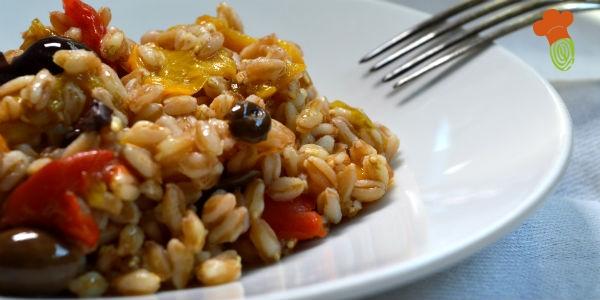


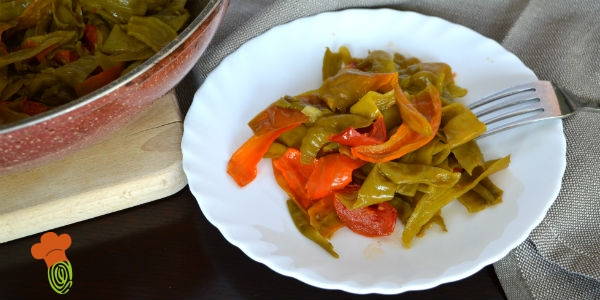
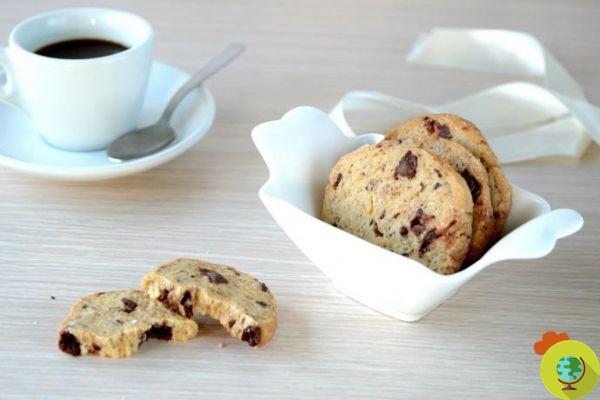


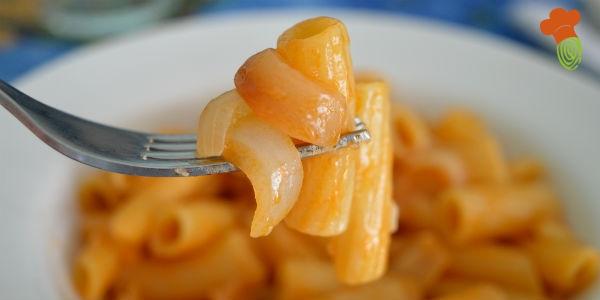
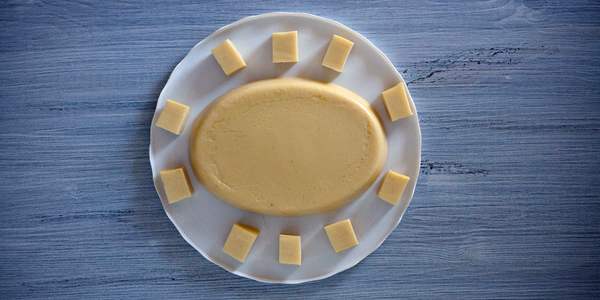
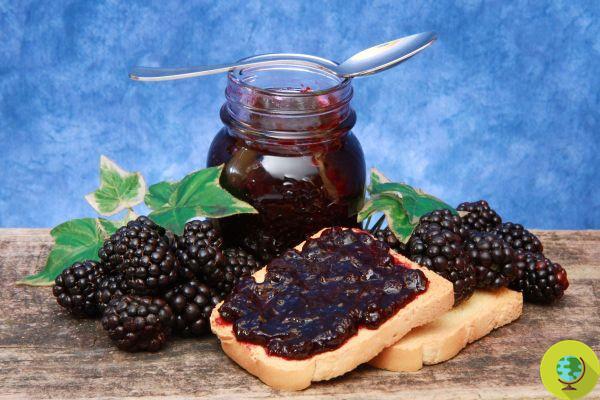

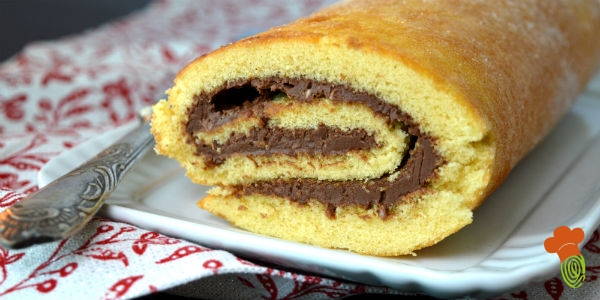
![Pasta with eggplant and ginger, mint flavored [vegan recipe]](/images/posts/a77fa8729347bb9f2b19b52015066a34-0.jpg)
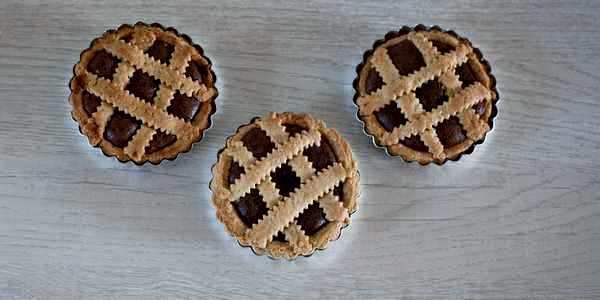
![Homemade and super soft burger buns [vegan recipe]](/images/posts/15b7dbe183e471f5699f1942ed944e50-0.jpg)




